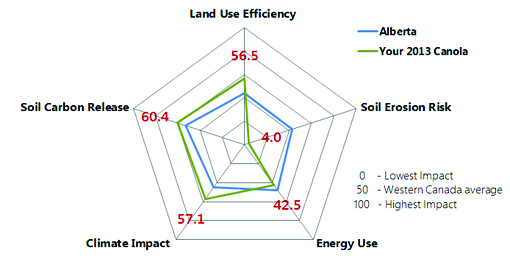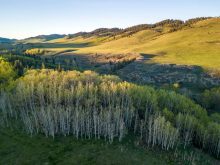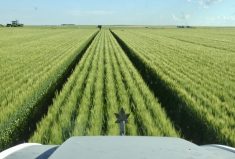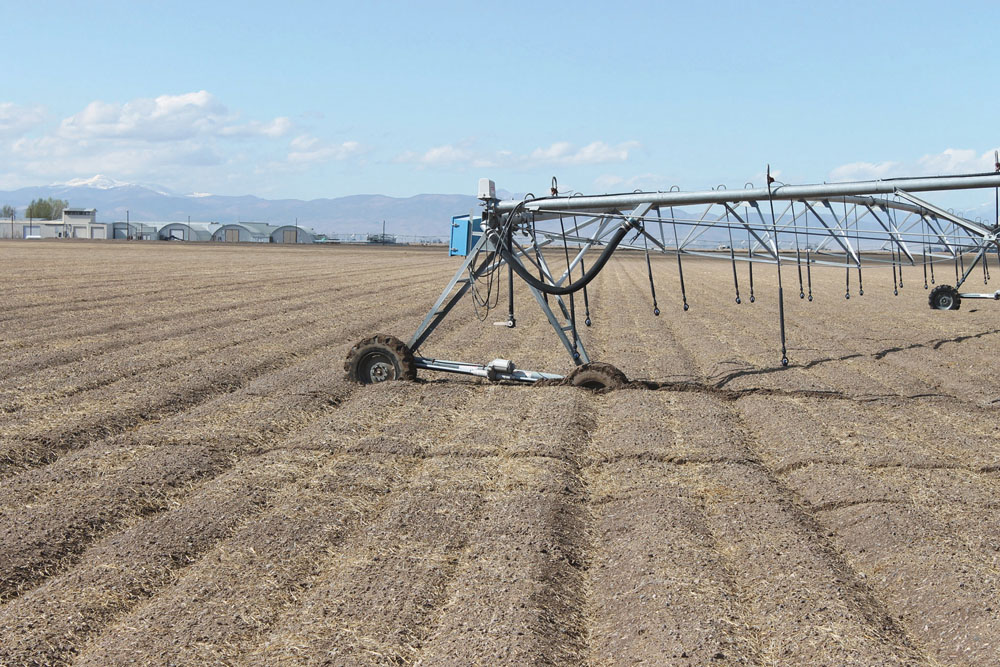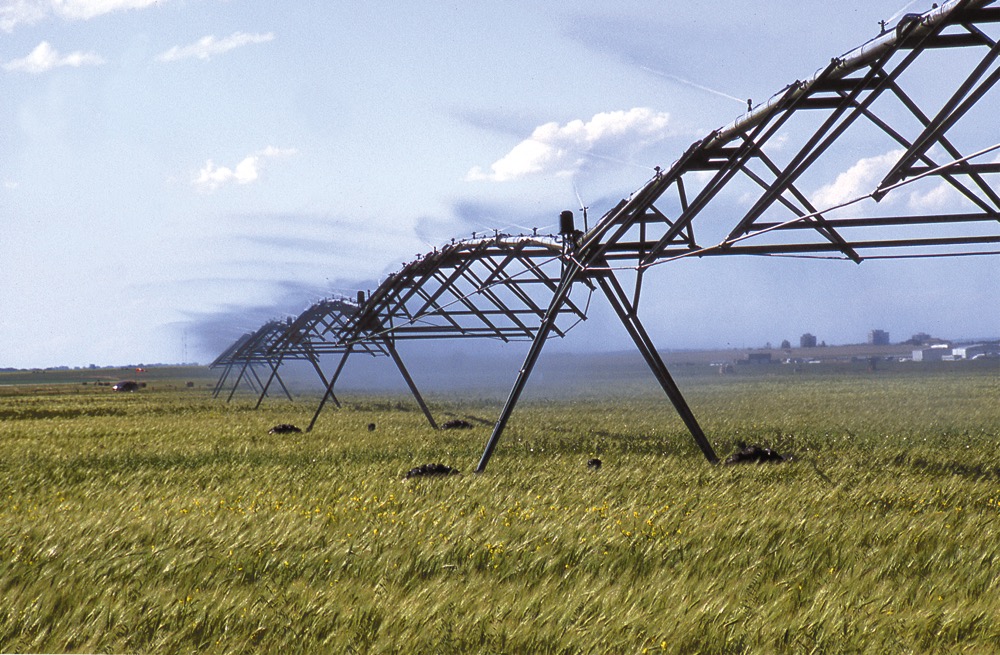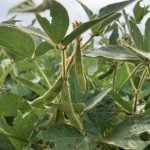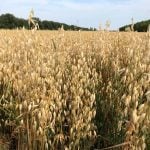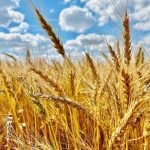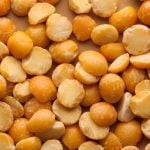Hundreds and hundreds of producers” are needed to help fine tune a new environmental sustainability calculator before it’s ready to launch.
The open-source calculator is the latest development in the growing trend to demonstrate to consumers that farmers are taking steps to reduce their environmental impact and being good stewards of the land.
Companies such as McDonald’s and General Mills are placing a higher priority on sustainability and “it isn’t just a catch-phrase,” said Markus Weber, agriculture consultant with Serecon, which developed the calculator.
Read Also

Conservation groups enter grazing lease debate
The Municipal District of Taber in southern Alberta remains at a political crossroads, weighing the interests of generating revenue for public services with conserving native grasslands.
And “just saying something is sustainably sourced” is no longer good enough, he said.
“There has to be some quantitative element because there’s this need for objectivity and credibility,” he said.
The calculator will also keep western Canadian producers in sync with similar efforts south of the border.
“We want these companies like General Mills to be able to adopt sets of indicators in both countries, because essentially, we are one market in many respects,” said Weber.
Serecon has been testing the calculator with about 20 farmers and now wants to add scores of additional producers before launching a final version, he said.
“What we do have at this point is 60 crop-year fields in the system,” said Weber.
“We’re saving the big ask… for when we have the calculator refined.”
Serecon identified five areas — soil erosion risk potential, greenhouse gas emissions, energy use, land use efficiency, and soil carbon release — to allow producers to see how their on-farm sustainability efforts measure up.
“These things are meaningful for consumers but also meaningful in terms of actual environmental impact,” he said.
- From the Grainews website: Working for a greener revolution
Camrose grain farmer D’Arcy Hilgartner has been using the calculator since February, and so far, the work he’s put into it hasn’t been “onerous.”
“It wasn’t that hard,” he said. “There was no data that I was required to collect that I wasn’t already collecting.”
An Alberta Pulse Growers director, Hilgartner became involved in the project to be “part of the conversation” about sustainability with big food companies and retailers.
“We’re well aware that sustainability is a big buzzword for the multinationals, whether it’s Walmart or General Mills,” he said.
“All farmers would like to say they’re sustainable and our practices are such.”
Big food companies increasingly view sustainability as key to holding on to customers — and farmers have to do their part, said Hilgartner.
“It’s not so much that General Mills will say, ‘We’ll give you 50 cents more per acre for your oats if you meet this sustainability criteria.’ It’s more likely they’re going to say, ‘If you don’t do it, we’re not going to buy your oats.’”
Still, being able to see how your efforts to be sustainable stack up against your peers is useful information, he added.
“Your farm has to be sustainable in order for you to have long-term profitability,” he said. “We can all mine our farms for a small period of time and still make a profit, but eventually that catches up to you.”
Serecon’s calculator goes beyond other sustainability calculators that track things such as climate and soil data to estimate greenhouse gas emissions and fuel use because it also measures factors — such as the potential risk of soil erosion — that can vary widely within a few miles, said Weber.
“None of that was based on actual farm level data,” he said. “You need to look at smaller geographies.”
Using Serecon’s tool, producers can input their own farm, field, and crop data into the calculator, which spits out graphs and detailed data showing the level of sustainability on their farms.
“All the data that goes into this thing is driven by actual on-the-ground farm data,” said Weber.
Now Serecon needs to build its data base so it can develop benchmarks that will be meaningful for producers.
“We’ll refine it over the coming year to have regional benchmarks rather than just comparing yourself to the province, which isn’t always very informative,” said Weber, who expects the calculator to launch for wider use after the 2014 crop year data is in.
“Once we have these regional benchmarks, we feel there’s enough value to farmers to be able to compare themselves to their region that there will be more interest in entering data.”
Hilgartner is keen to see those benchmarks, and how his management practices — which include direct seeding, using newer equipment, and working with variable-rate technology — compare.
“I don’t think coming out of this is going to necessarily drive a producer to make changes,” he said. “Sustainability is part of it, but economic drivers are going to be a bigger one.
“On my farm, it’s not going to change a lot of the practices. But it gives me an opportunity to tell my story.”
The sustainability calculator can be downloaded (either in Excel or hard-copy format) at www.serecon.ca.

